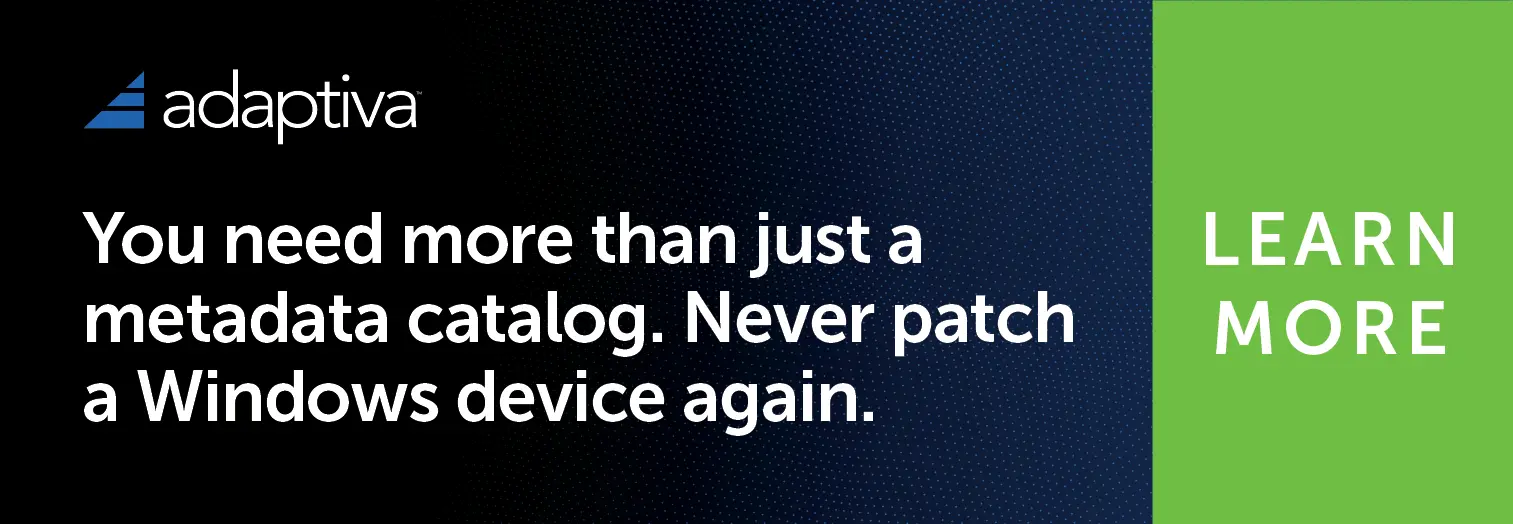Let us learn How to Setup SCCM ConfigMgr Co-Management Video Tutorials. I have several posts related to co-management scenarios and implementation.
In this post, I have collated all Co-Management Video Tutorials in one place for easy access. All these videos are recorded with SCCM CB 1802 production version.
I don’t think I would be able to share all the scenarios. Let me know if you want me to cover any specific scenarios in future video tutorials.
I know one of the most wanted features in my video tutorial is audio explanation 🙂 I will try to include this shortly.
Setting up Azure AD Connect and UPN Suffix Changes
I have created a video tutorial to help you to learn:-
More details in the post Setup Co-Management – AAD Connect UPN Suffix
- How to Download, Install, and configure Azure AD connect
- How to Create UPN Suffix
- How to change the UPN Suffix of Users
- How to Sync Azure AD with On-prem AD
- Results of Azure AD Sync with on-prem AD
Video Tutorial Setup SCCM PKI Certs for Co-Management
Co-management doesn’t have any PKI & certificate requirements. However, SCCM Cloud Management Gateway (CMG) and Cloud DP (CDP) have some PKI and certificate requirements.
SCCM, CMG & CDP are required for most scenarios when an organization starts the journey of modern management.
More Details in the post – Setup Co-Management – CA PKI & Certificates
What will you learn from the following Video Tutorial
- How to Install, Setup, Configure CA/PKI infra with Server 2012
- How to perform a health check for CA/PKI infra
- How to Create custom PKI certificate templates for SCCM Infra
- How to Create Import custom Certificate Templates
- How to Create Self Signed Certificate
- How to Enrol Web Certificates from SCCM Servers
- How to Export.Cer and.PFX certificate files for SCCM CMG, CDP, and Clients
Video Tutorial to Setup SCCM Cloud DP – Part 3
Cloud DP (CDP) is not a prerequisite for SCCM Co-Management. However, Cloud DP (CDP) is required for the scenario where you want to install an SCCM client from the internet.
But, in the latest version of SCCM 1806 (preview), you can download the content from CMG. Hence there won’t be any requirement to have CDP in a future version of the SCCM product, at least for co-management scenarios.
More details in the post – Setup Co-Management Cloud DP Azure Blob Storage
Learn from the following Cloud DP Video
- How to Configure Install Setup Cloud DP Using SCCM Console
- How to Analyse the SCCM Cloud DP Logs
- How to test Cloud DP package distribution
- How to check Azure Blob Storage for Cloud DP packages
Video Guide Setup SCCM CMG
The Cloud Management Gateway (CMG) provides a simple way to manage SCCM clients on the internet. The CMG is a PaaS (Platform As A Service) solution in Azure.
More details in the blog post – Setup Co-Management Azure Cloud Services CMG
Learn from the following Cloud Management Gateway (CMG) Video
- How to Setup Azure Services – Cloud Management
- How to Setup Azure AD Discovery (User)
- How to Install Setup Configure SCCM CMG (Cloud Management Gateway)
- How to check SCCM CMG is installed Correctly
- How to install Setup Configure Cloud Management Gateway (CMG) Connector
- How to check the health of SCCM CMG from Azure Portal
SCCM Configure Settings for Client PKI certificates
More details in the blog post SCCM Configure Settings for Client PKI certificates
How to Setup HTTPS communication for MP/SUP
More details in the post – How to Setup SCCM Co-Management to Offload Workloads to Intune
SCCM Client Install via Intune – Upload SCCM Client CCMSetup .MSI to Intune
More details about creating Intune Mobile app for SCCM client is explained in the article https://www.anoopcnair.com/install-sccm-client-via-intune-part9/
Video Tutorial – End User Experience Windows 10 SCCM and Intune
End-User Experience of Co-Management video:- Windows 10 co-management video.
All co-management end-user experience is explained in the following article.
Intune Application Deployment – End User Experience of Co-Managed Windows 10 Device
If you don’t configure the Application deployment workload to Intune in the Co-management configuration wizard, this is the behavior. Offload co-management workload to Intune is available only for SCCM 1806 (TP) or later.
Co-Management Related Posts
Overview Windows 10 Co-Management with Intune and SCCM Custom Report to Identify Machines Connected via SCCM CMG How to Setup Co-Management - Introduction - Prerequisites Part 1 How to Setup Co-Management - Firewall Ports Proxy Requirements Part 2 Setup Co-Management - AAD Connect UPN Suffix Part 3 Setup Co-Management - CA PKI & Certificates Part 4 Setup Co-Management Cloud DP Azure Blob Storage Part 5 Setup Co-Management Azure Cloud Services CMG Part 6 SCCM Configure Settings for Client PKI certificates Part 7 How to Setup SCCM Co-Management to Offload Workloads to Intune - Part 8
How to Deploy SCCM Client from Intune - Co-Management - Part 9
End User Experience of Windows 10 Co-Management - Part 10


Very Useful Anoop. Thanks so much.
Love to hear you liked it!
Your posts are very usefull, thanks
What about on the scenerio when:
I have domian devices Win 10 and many devices non-domain.
I deployed Intune to domain devices using GPO autoerolment (hybrid join), for non-domain Azure Ad Join.
When I checked deployment type on the device properties for domain devices I see “deviceEnrollmentType”: “windowsCoManagement”, for non domain Azure Ad “windowsAzureADJoin”
My Intune authority i configured to Intune.
Is it my deployment is right configuration or I shouldn’t assigned domain devices to Intune without SCCM?